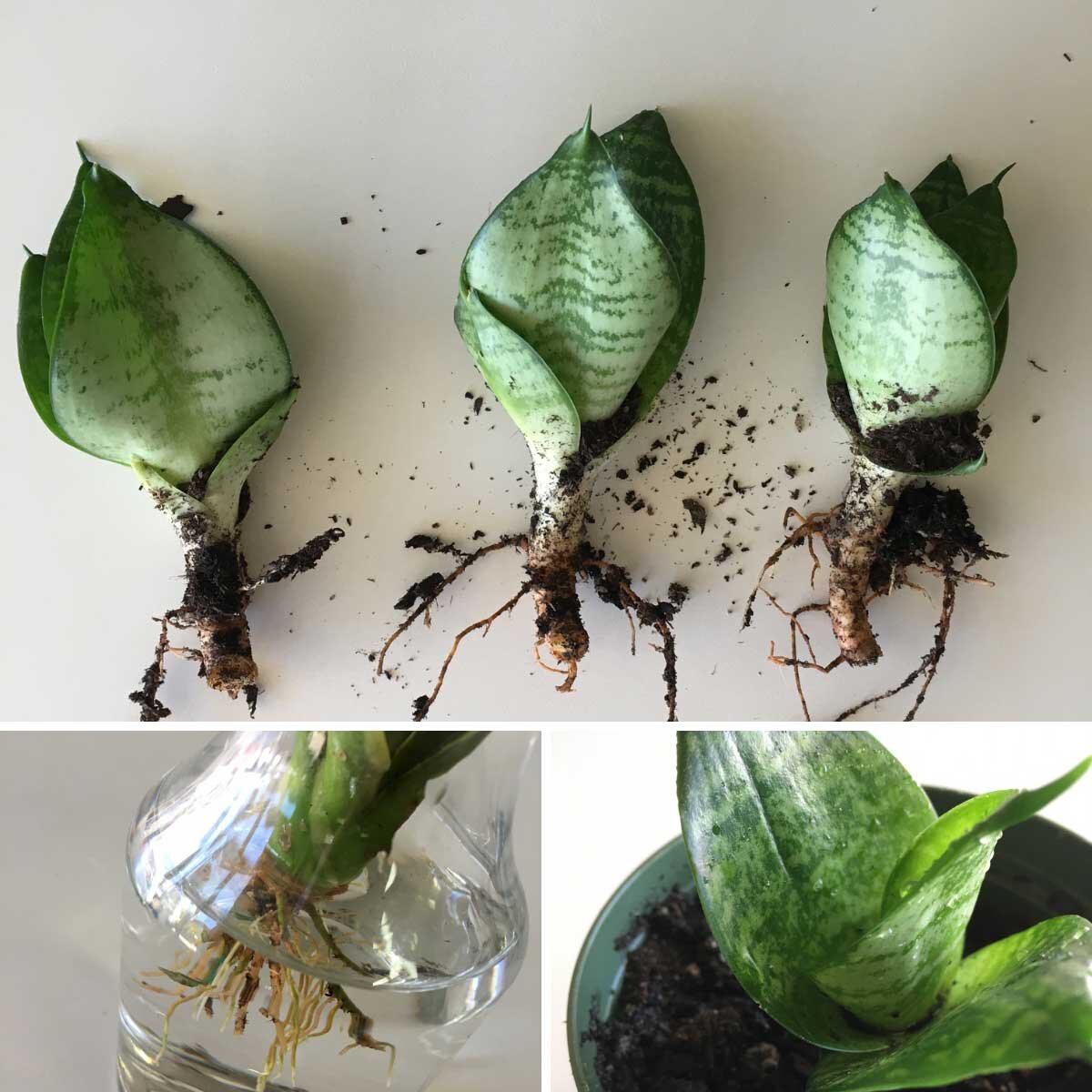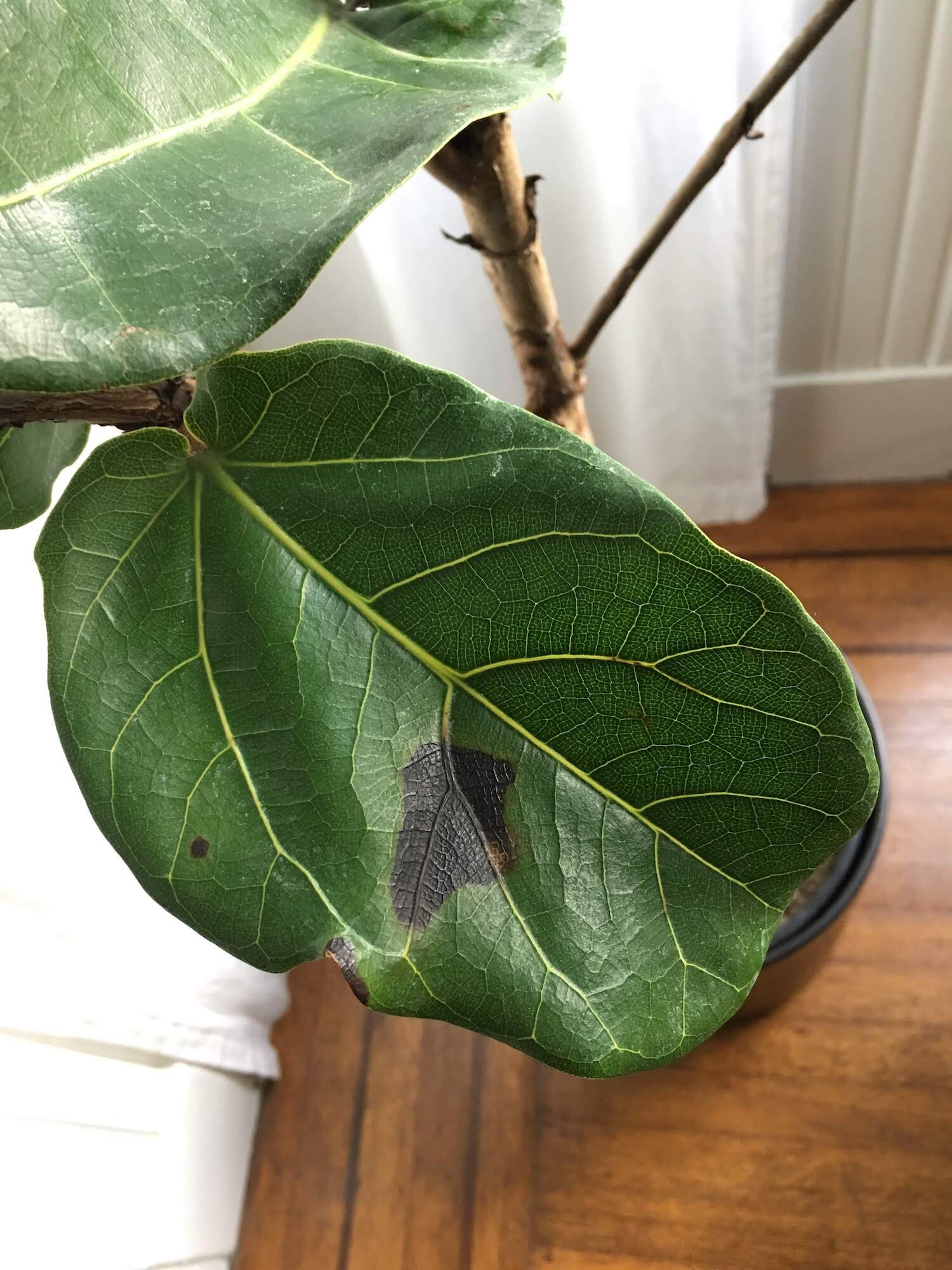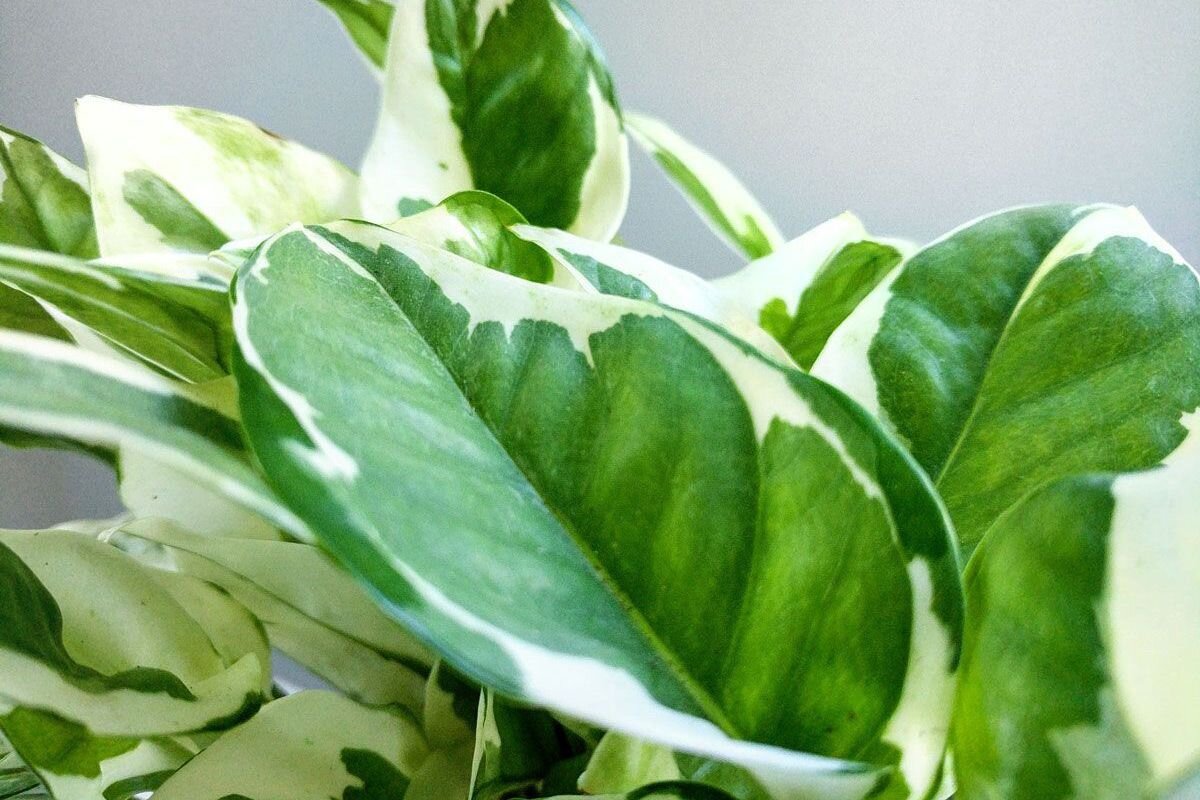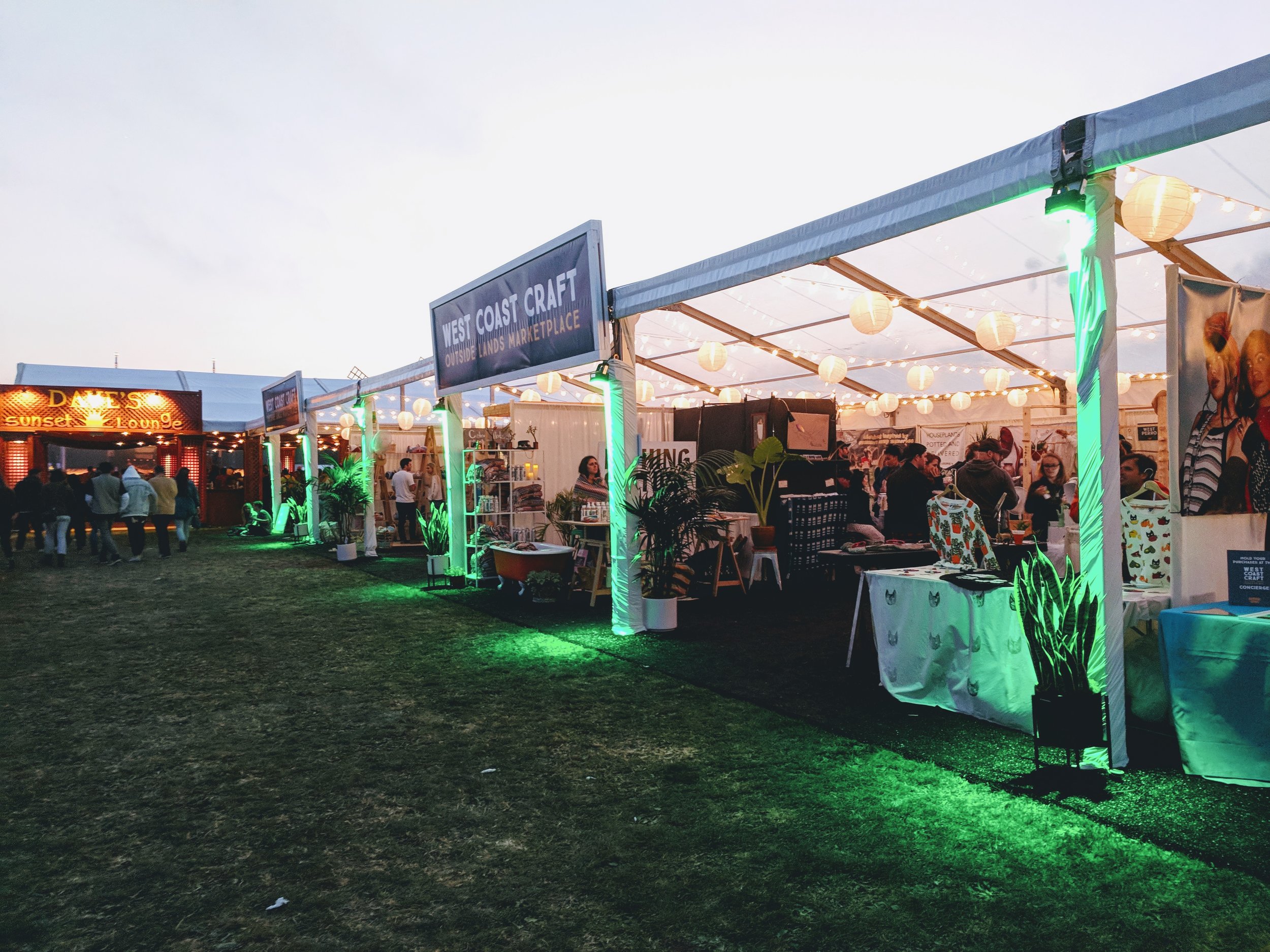Photo: Nicole Franzen
The benefits of indoor plants cover so much more than just our homes and offices, and restaurants have been quick to catch on to the trend. And whether or not you consider yourself a plant person, there’s no denying that a perfect meal is even that more magical when surrounded by nature! From jungle to garden themed and everything in between, check out some of these gorgeous plant-filled restaurants for the perfect lunch or dinner date surrounded by nature’s finest.
Openaire (LA)
Olmsted (Brooklyn)
Aba (Chicago)
Llama Inn (Brooklyn)
Leo’s Oyster Bar (San Francisco)
Bavel (LA)
Frenchie (Boston)
Le Jardinier (NYC)
Openaire (LA)
Photo: The Line
A literal greenhouse (poolside, no less!), Openaire of LA’s Line Hotel is a gorgeous boutique restaurant for modern California fare paired with a healthy dose of lush ferns and tropical foliage.
3515 Wilshire Blvd
Olmsted (Brooklyn)
Photo: Olmsted
In Brooklyn’s Prospect Heights neighborhood, find vertical gardens on the inside and garden beds in their delightful backyard garden. Could it get any better than this?
659 Vanderbilt Ave
Aba (Chicago)
Photo: Aba
From trailing ivies to cascading pothos, we love the way this upscale Chicago restaurant and rooftop lounge makes use of climbing plants throughout their space.
302 N Green St
Llama Inn (Brooklyn)
Photo: @theplaceiwastellingyouabout
Green inside and out, Brooklyn’s Llama Inn serves up delicious Peruvian fare in their plant filled dining room, rooftop bar, and a new outdoor area which they’ve appropriately donned Parque Lllama.
50 Withers Street
Leo’s Oyster Bar (San Francisco)
Photo: Crescent Karasso
Bavel (Los Angeles)
Photo: Bavel
DTLA is one of the most exciting areas for LA’s food scene, and Bavel is no exception— especially with its gorgeous canopy of trailing vines to dine under!
500 Mateo St
Frenchie (Boston)
Photo: Frenchie Boston
Romance is the word for this Boston gem with blooming florals and a garden-side solarium.
560 Tremont Street
Le Jardinier (NYC)
Photo: Le Jardinier
The name says it all when it comes to this magical, Michelin-starred NYC restaurant: a light-filled and serene indoor garden with green marble walls and unique custom furniture.
1610 Lexington Ave
Have a restaurant that’s teeming with plants in your neighborhood? Let us and our readers know in the comments!
INDOOR PLANTS, POTTED & DELIVERED
Premium plants paired with stylish ceramics, plus lifetime plant care support. Order online at leonandgeorge.com



































